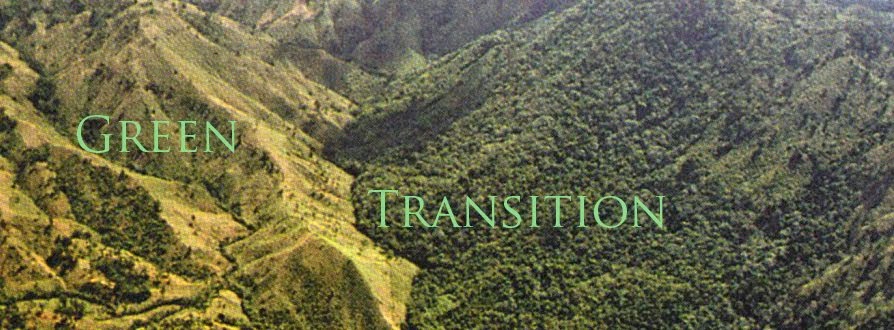 |
| Evidence about the extinction of megafauna, such as the giant sloth, can be used to challenge climate-species fatalism |
If the planet is already locked into
significant climate change, as is widely recognised, then what is the point of
conservation? In the past, the earth has undergone considerable changes that
have been accompanied by species extinctions and so aren’t contemporary
conservation efforts just wasting resources by attempting to preserve species
that are maladapted to the present climate?
The above statement is an example of what I
like to call ‘climate-species fatalism’, which argues that human efforts will
be unable to overcome the pressures placed on endangered species by climate
change therefore rendering conservation pointless. While economists may be notorious for
holding controversial opinions, I’m just trying to provoke a response here and
don’t actually believe this. Although climate-species fatalism may appeal to
politicians looking for an excuse to avoid action, I would argue that evidence
from past extinction events implies that, even in the present context,
conservation can still prove effective.
The wave of late Pleistocene megafauna
extinctions is a good case in point. 50 ka BP the planet was home to over 150 genera of megafauna (animals >44kg) but by 10 ka BP at least 97 of these had become extinct. The causes of this significant extinction event are debated and there is a rich academic literature that attempts to solve the megafauna mystery. Was it the arrival of trigger-happy human populations who hunted
easy-to-catch larger species to extinction or are shifts in climate to blame?
While proof of the latter of these causes would support the position of
climate-species fatalists, Barnosky et al (2004) have undertaken a comprehensive summary and analysis
of a range of studies that indicates that both factors were significant. Observing
that the global wave of extinctions occurred in a pattern of regional pulses,
the authors assess both paleoecological evidence about major regional climate
shifts and archaeological evidence about the date of human population arrival
to suggest that regional extinctions peaked when both adverse human and
climatic pressures were present.
These findings have present day relevance
as they imply that, even as unavoidable climate change places increased
pressure on species, addressing anthropogenic impacts that are adversely
affecting threatened species can mitigate extinction risks.
So if conservation remains important, what sort of policies should conservationists be pushing for? I have
previously discussed the development of integrated environment-economy models
and believe that they can offer an insight here. In particular, Lenzen et al (2012) have
developed a particular economic-environment model that analyses the impact of
trade on global biodiversity. By evaluating the species impact of supply chains
and combining this with an analysis of international trade patterns, the
authors have been able to show how the impacts that consumers have on
biodiversity often extend well beyond national borders. For example, the study
finds that UK imports threaten 285 species abroad owing to the high volumes of
environmentally harmful crops such as tea, coffee and palm oil demanded by UK
consumers.
This shows that a national approach to
conservation, which focuses exclusively on domestic biodiversity impacts, will
be inadequate to preserve global biodiversity. Lenzen et al (2012) emphasise that their
findings show how local biodiversity threats are driven by global trade
systems and argue that this international dimension demands similarly
international conservation policies. For example they argue that policies to
address production practices with damaging impacts on local biodiversity
should acknowledge the role of international traders and consumers as well as
local producers themselves. This gives support to initiatives such as the
Roundatable for Sustainable Palm Oil which seeks to increase the sustainability of
palm oil production through engagement with stakeholders across the commodity’s
geographically dispersed supply chain.
While climate-species fatalism is challenged by historical evidence I fear that, unless further conservation efforts are made at an international level, conservation
policy will be inadequate to mitigate the extinction threats posed by climate change and the climate-species fatalists will be proved right.

Hi Agnes,
ReplyDeleteDo you think that weighting should be placed on conserving species directly effected by humans, such as those that are hunted or have their habitats destroyed by direct human action? Surely these are more simple conserve than those that are becoming extinct due to climate change itself.
Hi Nathan,
DeleteGood point. I think it's hard to say. In some cases targeting conservation efforts at species that are more directly impacted by humans would make conservation efforts more effective, but I worry that this might risk overlooking climate change-threatened species that play critical roles in ecosystems. I think that the correct approach would be to weight both species directly effected by humans and species that are critical to ecosystems (although I reckon its pretty hard to establish this second point).
I think it's also important to recognise that conservation charities often rely on 'enigmatic species' conservation to secure private donations so maybe these would need a weighting too...